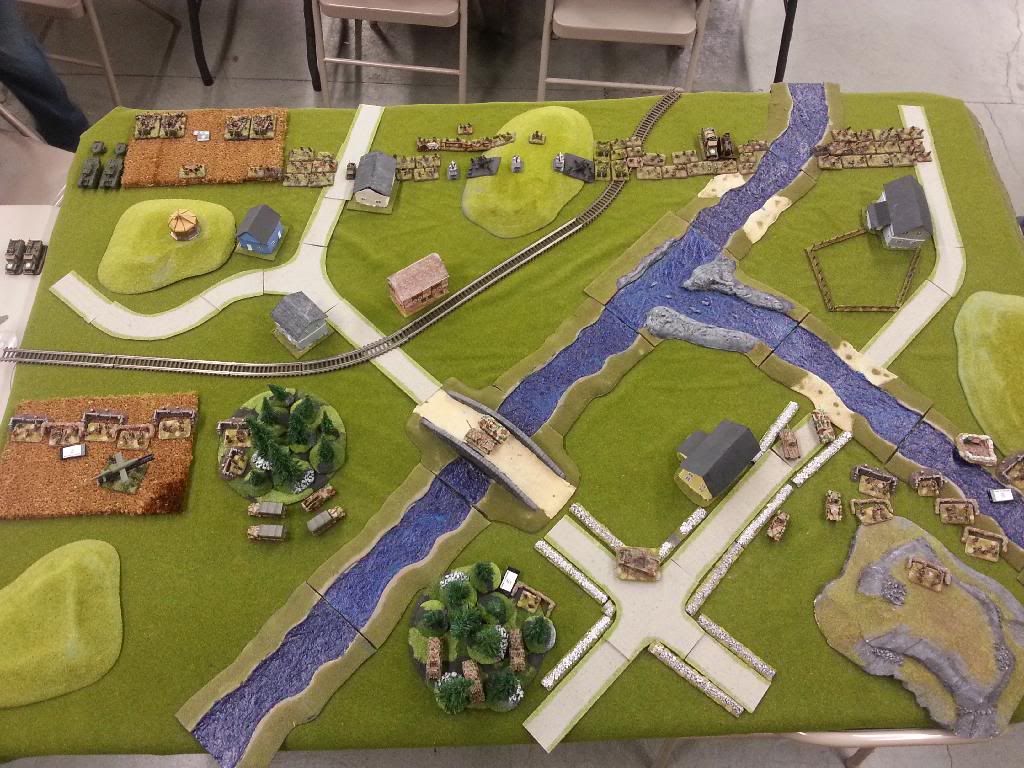Sprue Cutter's Union #26: Glue
Howdy howdy howdy. Want to hear my thoughts on glue? No? Pity. Read on!
I only ever use two types of glue for my miniatures, "super" and white/PVA. Yes, no plastic cement. I haven't had any problems with super glue coming undone, so why bother with the plastic cement?
Since everyone should have a pretty basic idea of how glue works, here's some of the tips I know (not many). Keep in mind I use cheap stuff you can pick up at the dollar store or the cheapest at any DIY store.
1. Score the surfaces you're adhering. This increases your surface area, increasing the "grip" the glue can exert. Normally I don't even bother with this, but if the joint is a particularly troublesome one, my glue is getting bad at doing glue things, or the things to be adhered are heavy things, I like to make a few marks with the ol' hobby knife.
 |
| Not relevant to glue at all, but I'll be talking about that battle later. |
3. Gel superglue is inferior to regular superglue. Awful stuff! At least, it is when I was putting together those fences of mine. See, I would lay down the horizontal pieces, then drop on some liquid glue. Being of a low viscosity, the glue would make a nice good bond between the wooden pieces. The gel stuff, however, which I had to use out of necessity, has not been giving me good results in the same application.
4. PVA glue warps the hell out of balsa wood and tongue depressors. This might be common knowledge, but now you know.
There you go! Not much on glue, because I don't see that many tricks. I'm excited to read what others in the community can get out of their glue.


Comments
Post a Comment